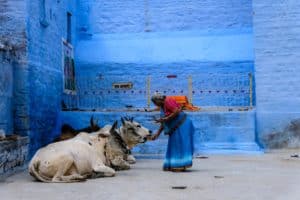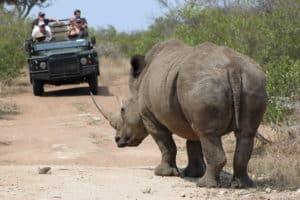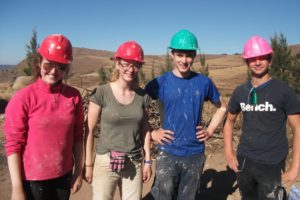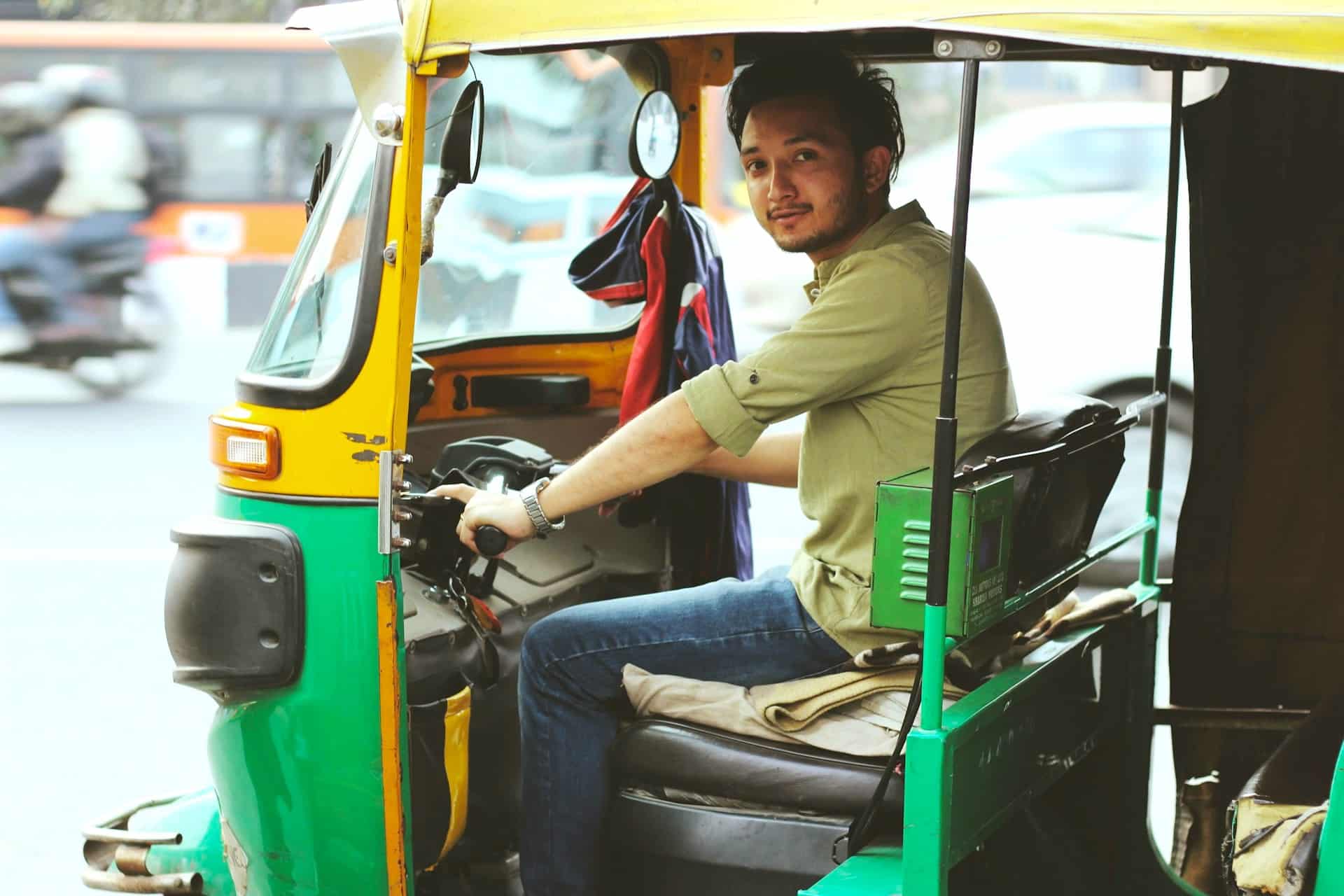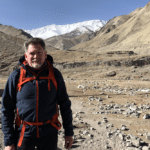Travelling in India is always an experience. A wiser man than me once said, “ Sometimes it’s the journey that teaches you a lot about your destination.” Nowhere in my travels has this been more apparent than the Indian subcontinent. Home to a population of 1.3 billion people, India has a vast if sometimes chaotic travel infrastructure. Getting around always proves to be entertaining.
Travelling in India By Train
Indian Railways employs a 1.4 million strong workforce and is the backbone of travelling in India. No visit would be complete without a railway experience.
“Just hold my shirt tails sir”, said my guide as we pushed through the staggeringly crowded station, my duffle bag balanced on his head. I clung on for dear life. Miraculously we emerged through the throng to an oasis of calm in the First-Class section of the platform. My guide handed over my ticket and turned me over to an elegantly turbaned cabin attendant.
I love train travel mainly because I love people watching. Sadly on trains in the UK we fastidiously avoid eye contact in case we have to deal with the horror of speaking to someone. The opposite happens when travelling in India. As soon as I was seated and given a copy of the Times of India, the passengers next to me introduced themselves, both businessmen travelling back to Delhi. Over the next few hours, between copious servings of tea and breakfast, I was regaled with tales of doing business in India by my companions. I was even invited to visit them when in Delhi!
In addition to the excellent company and the scenery, trains in India are clean, comfortable, and on time. As we rolled into a relatively deserted station, I could see a lone figure in a suit waiting on the platform. True to form, the train stopped directly opposite him, the door opened, and I was politely welcomed to Harlapur .
Travelling By plane
Travelling in India by plane is easy and often entertaining. Local airlines such as SpiceJet, IndiGo, and FlyBig service most main cities and are both efficient and cost effective.
Arriving in Delhi airport for my flight to Leh required a very early wake up, and adapting to a sudden change of climate, altitude and culture. When I arrived at the chaotic boarding gate, I noticed the entire flight seemed to be made up of single males carrying plastic shopping bags and dressed in shorts. This was not the clothing to be traveling to the Himalayas in spring in. An announcement was made, and a mad dash ensued to the gate. I am not a great person for queues so hung back, knowing full well that I had a seat and the flight wasn’t going anywhere.
On board the chaos continued, with a harassed looking crew trying to stow the plastic bags and collect the boarding passes. I found my seat, but the entire row was occupied by the men in shorts. At this point a crew member came to the rescue. It transpired that the men in shorts were in fact construction workers enroute to Leh, and they had never flown before. Once on the plane they sat anywhere they wanted, and the harassed crew were trying to explain why they had to use their correct seats. It was at this point that I was enlisted by the crew, given a handful of boarding passes, and asked to assist with the reseating. Only in India!
For my troubles I was reassigned a seat near the front. My travelling companion was a Buddhist monk who had spent time in Manchester. “Come to the monastery for tea” he said, which I duly did.
Travelling by Road
Traffic means that travelling in India by road is organised chaos, to say the least. There are 118 million motorcycles in India alone and god knows how many cars . Getting around as a tourist usually involves using a “car with a driver”. Professional tour companies use air-conditioned comfortable SUV’s.
On the roads themselves, three-wheeled tuck tucks battle lorries, motorcycles, busses ,ox carts and private cars for space. The highway code is questionable, and it is hard to fathom if it exists at all. On my first ever trip to India I decided that the best way to travel was to sit back, trust the driver, and ignore the incessant honking of horns.
While staying in Goa I wanted to explore, and I decided that a tuck tuck might be fun and cost effective. I mentioned this to the hotel receptionist, and I was soon introduced to the best driver in Goa, Dattaprasad, who just happened to be the receptionist’s cousin. Over the next 10 days we roared around at a maximum speed of 25 kms an hour. We explored beaches, spice farms , restaurants, and towns up and down the coast, often meeting “DP’s “ relatives enroute. Each day DP met us in his city uniform, consisting of a crisp white shirt and matching trousers. If we ventured out of the city limits he had to wear a country uniform, swapping into a khaki ensemble. Most days involved two or three stops for uniform changes.
Travelling in India is what you make of it. Whatever mode of transport you use, the chaos is all part of the Indian experience. Accidents and road rage are rare, and the madness just works. Sit back and enjoy the ride.
